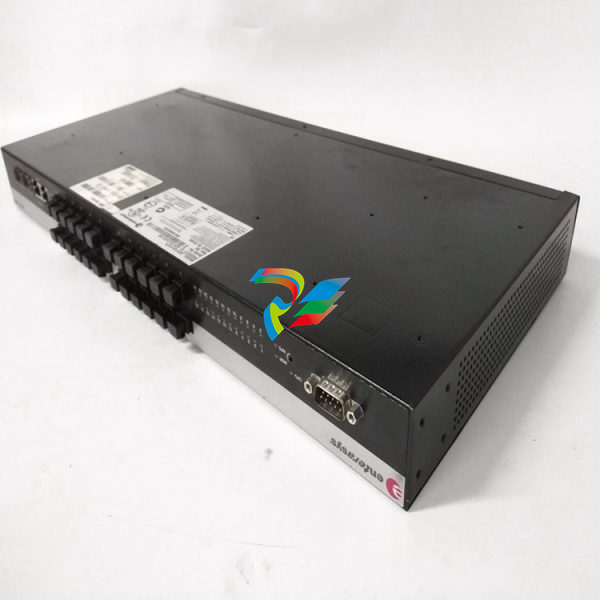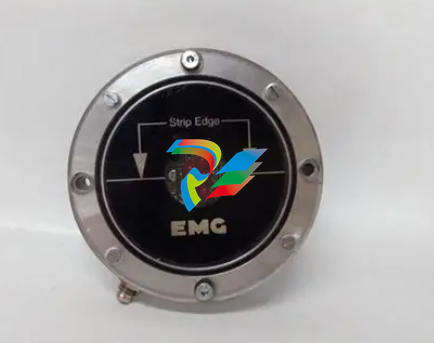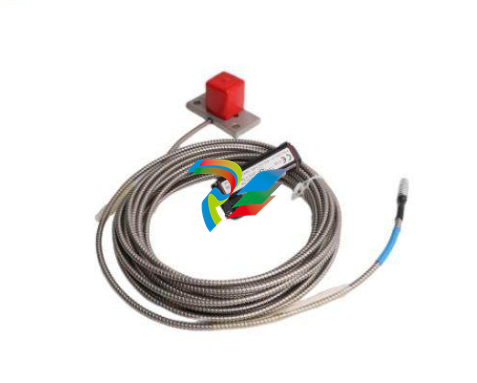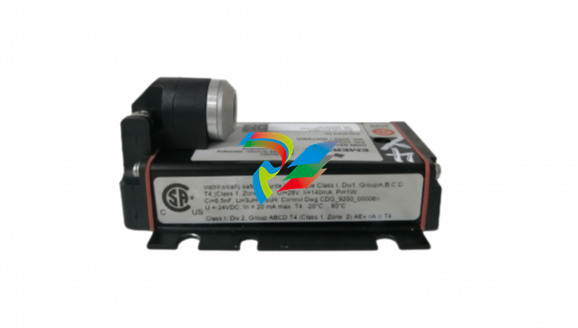
ABBIndustrial Networks Connecting Controllers via OPC
OPC connection weakness is inserted. When using OPCFailover as redundancy manager instead, no periodical check of data can be implemented since
this feature is missing.
• A save and possibly redundant network connection between the computers is
needed.
• Only ODM supports a redundant setup if a redundancy link for the bridging software is needed. But our tests showed that ODM works slower than
LinkMaster.
• It is possible that (e.g. due to a small temporary error) the current connection
runs over the Ethernet network and in some cases even back again. This could
make the connection slow.
• DCOM is considered as a weak part. We have to accept that or alternatively
install even more software, namely a so-called OPC tunneler.
• If D/COM or other basic services fail, most likely all OPC communication on
the computer will be canceled, no matter how redundancy is implemented.
• The complexity of the system makes it expensive as well as difficult to setup
and observe.
6.3 Proposal
Unfortunately, neither the AC160 side of the system nor the AC800M side can be
implemented with transparent redundancy on bus level. In both cases it is the PCI
card/OPC server combination that lacks of this functionality. It is theoretically
possible to add this functionality, but as there are numerous drawbacks in doing so
and since there are other approaches, it is not recommended to do so.
We recommend using two personal computers as “single lines” without communication between the redundant counterparts. This saves implementation and
programming time as well as communication delay due to relays. With this configuration, the system is not completely redundant, thus it is not allowed that more
than one computer is affected by errors. However, in this approach we look at the
computers as one functional device, and it is in fact very likely that if one application fails, the whole system is inconsistent and communication has to be switched
to the second anyway.
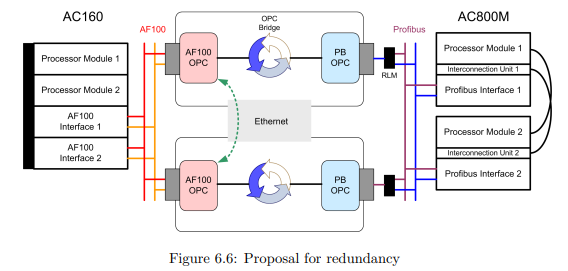
Using this configuration, the redundancy brainpower is located in the application programs of the controller. The two personal computer connections run at the
same time. Each controller side puts their sending data on both channels and the
controller on the other end has to select which information should be processed.
This inspection on application level has also the advantage, that almost any kind
of communication problem is detected. On the AC160 this kind of selection has
to be implemented for every receiving signal. However, there are just 56 signals to
proceed. The hundreds of sending signals do not matter since due to the AC160
redundancy concept they are distributed to both OPC servers anyway. On the
AC800M the selection has to be implemented for every receiving signal, too. Since
AC800M allows object oriented programming it is possible to program a generic
code to be used for every signal. In contrary to AC160, also the sending signals
have to be sent two times (to each PROFIBUS-card). The voting of receiving signals in both controller types can happen using different methods. One could for
example check the quality of one or more specific variable/s for each channel and
thus determine which of the two channels is used for incoming values. Alternatively
it would be possible to always compare the redundant variables of both channels
one after one and generating a resulting value using some voting algorithm.
If there is a physically long distance between the personal computer location
and the AC800M, we recommend the use of the RLM01 in order to establish line
redundancy. To keep things simple and since the device causes a small delay, it is
reasonable to do without line redundancy on PROFIBUS if the devices are placed
6.4 Summary
We realized that the subsequent implementation of redundancy in a mostly notredundant system is complex, difficult and also expensive. Furthermore, it slows
down the connection due to introduced redundancy components and/or the twofold
transmission of data. However, we proposed a solution that minimizes this drawbacks to acceptable size and can be implemented in a realistic time-frame. Nonetheless it is recommended to introduce redundancy only if it is really needed.
Finally we would like to mention that our considerations also apply when establishing a connection with MMS to AC800M instead of using PROFIBUS. The
AC800M OPC Server does not support redundancy for writing variables, neither.
However, similar to AC100 OPC Server, all (sending) variables can be accessed on
both servers and the sending variables therefore need not to be sent twice.
Chapter 7
Outlook and Conclusion
This chapter will give an outlook on possible future work and summarize our thesis.
7.1 Contributions
In this thesis we make the following contributions:
• Evaluation and implementation of hard- and software to establish the connection.
• Quantitative results regarding the performance of a fast controller-to-controller
connection via OPC.
• Evaluation of multiple configurations and their impact on performance and
availability.
• Considerations and proposal regarding redundancy to improve availability
and reliability.
• Identification, comparison and rating of different methods to connect controllers.

